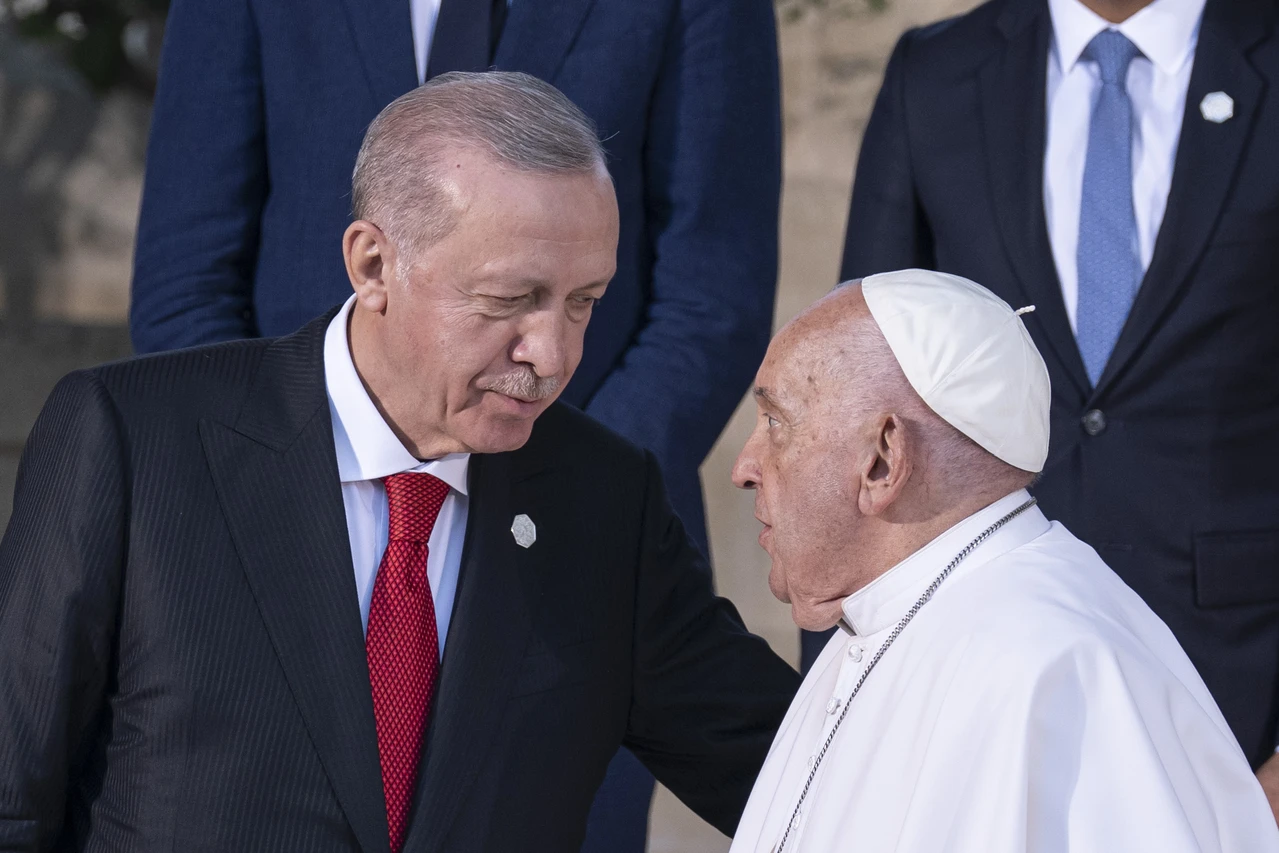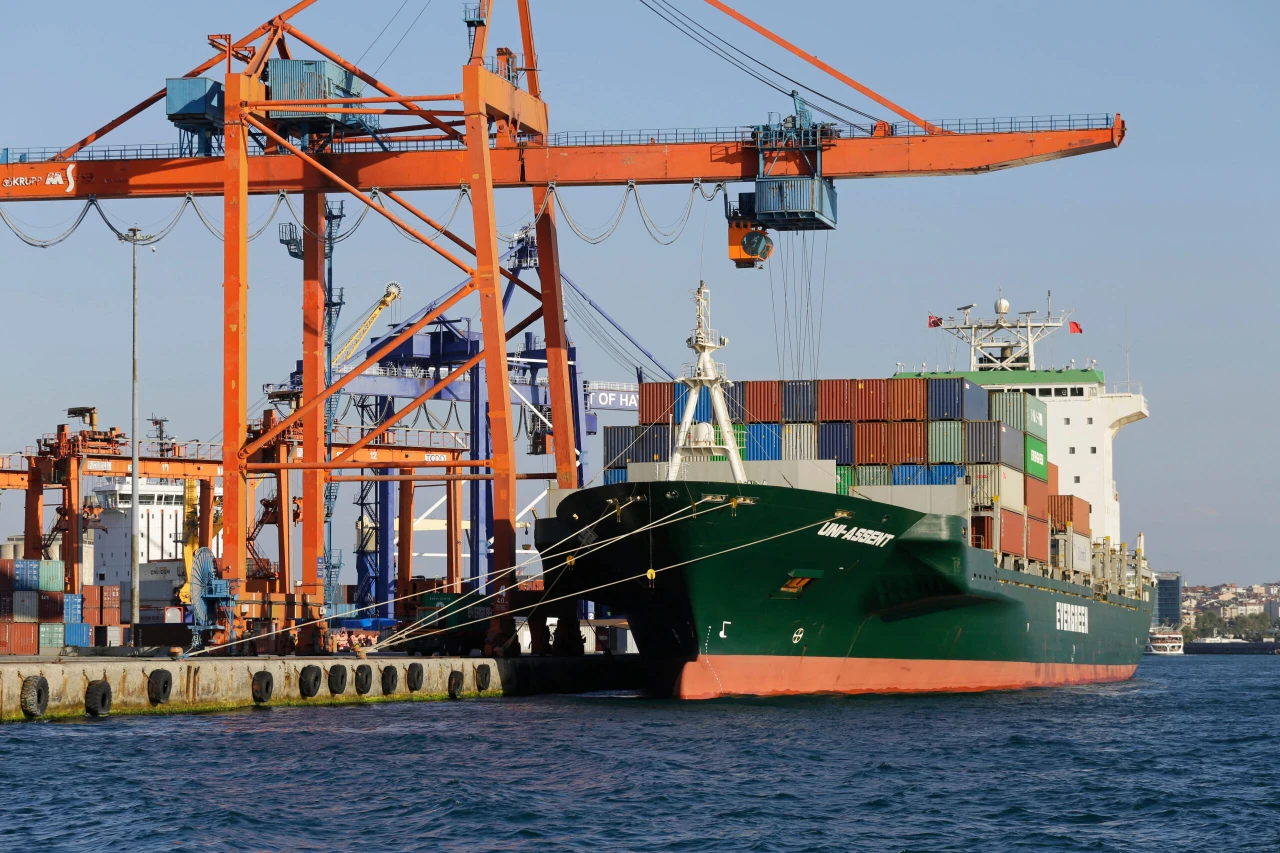Counterfeit dollar crisis: Details emerge as smuggled bills reportedly enter Türkiye
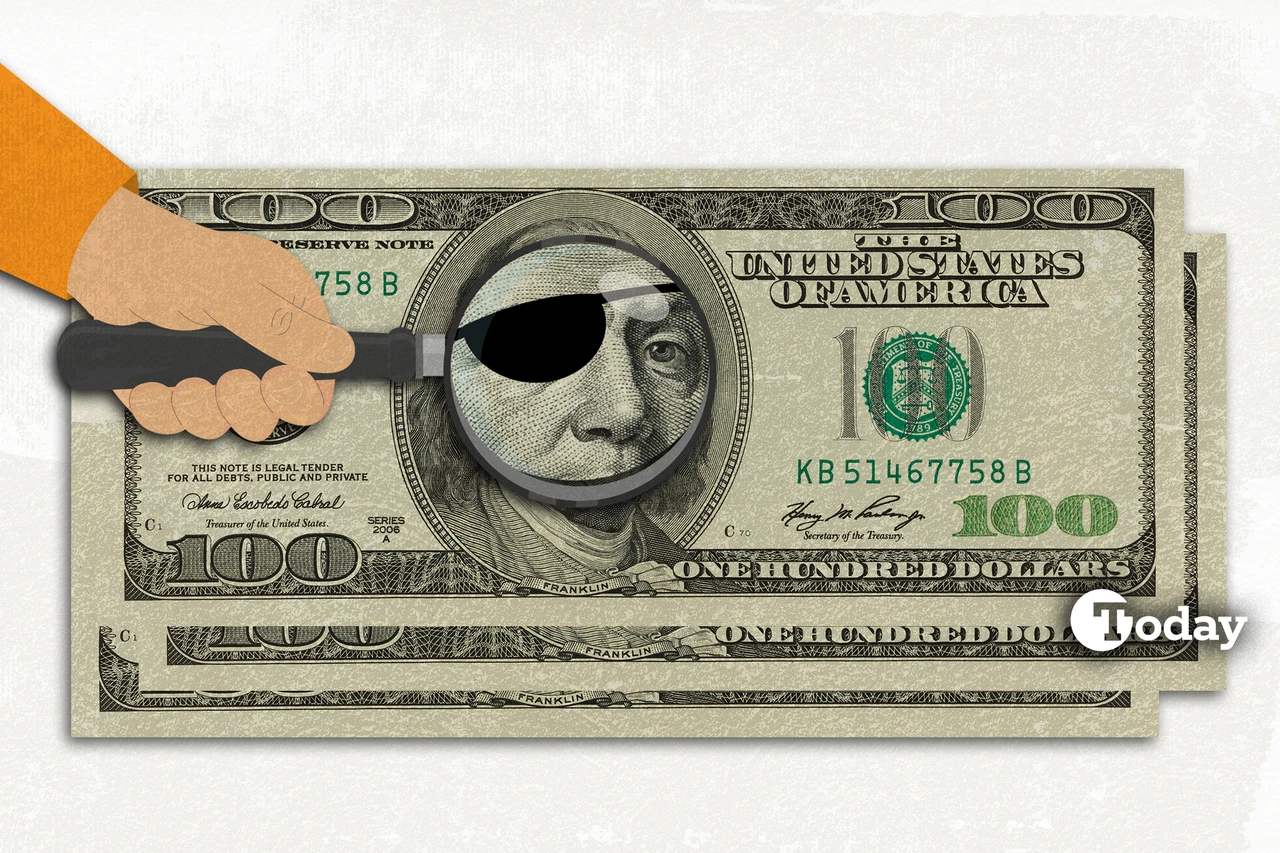 A US dollar. (Collage by Mehmet Akbas/Türkiye Today)
A US dollar. (Collage by Mehmet Akbas/Türkiye Today)
Türkiye is grappling with a widening counterfeit dollar scandal that is sending shockwaves through the nation.
New information on Turkish media outlets reveals that counterfeit dollars were smuggled into Türkiye from the southeastern border. These fake bills have been circulating in popular tourist regions.
The total amount of counterfeit money could exceed billions of dollars according to the reports. Recently the incident led to a temporary halt in currency exchanges and bank transactions across the country. Counterfeit dollar banknotes are estimated to have been circulating in Türkiye for about six weeks, especially in Istanbul and Ankara, creating widespread concern in the banking and exchange sector.
Where did counterfeit dollars come from?
Recent reports in Turkish media outlets indicate that counterfeit dollar banknotes were first smuggled into Türkiye through illegal routes from the southeastern border. The initial transactions involving these fake dollars were primarily conducted in popular tourist destinations like Antalya, Izmir, Gaziantep and Istanbul.
Gaziantep, due to its proximity to Syria and Iraq, has emerged as a key entry point for these counterfeit bills.
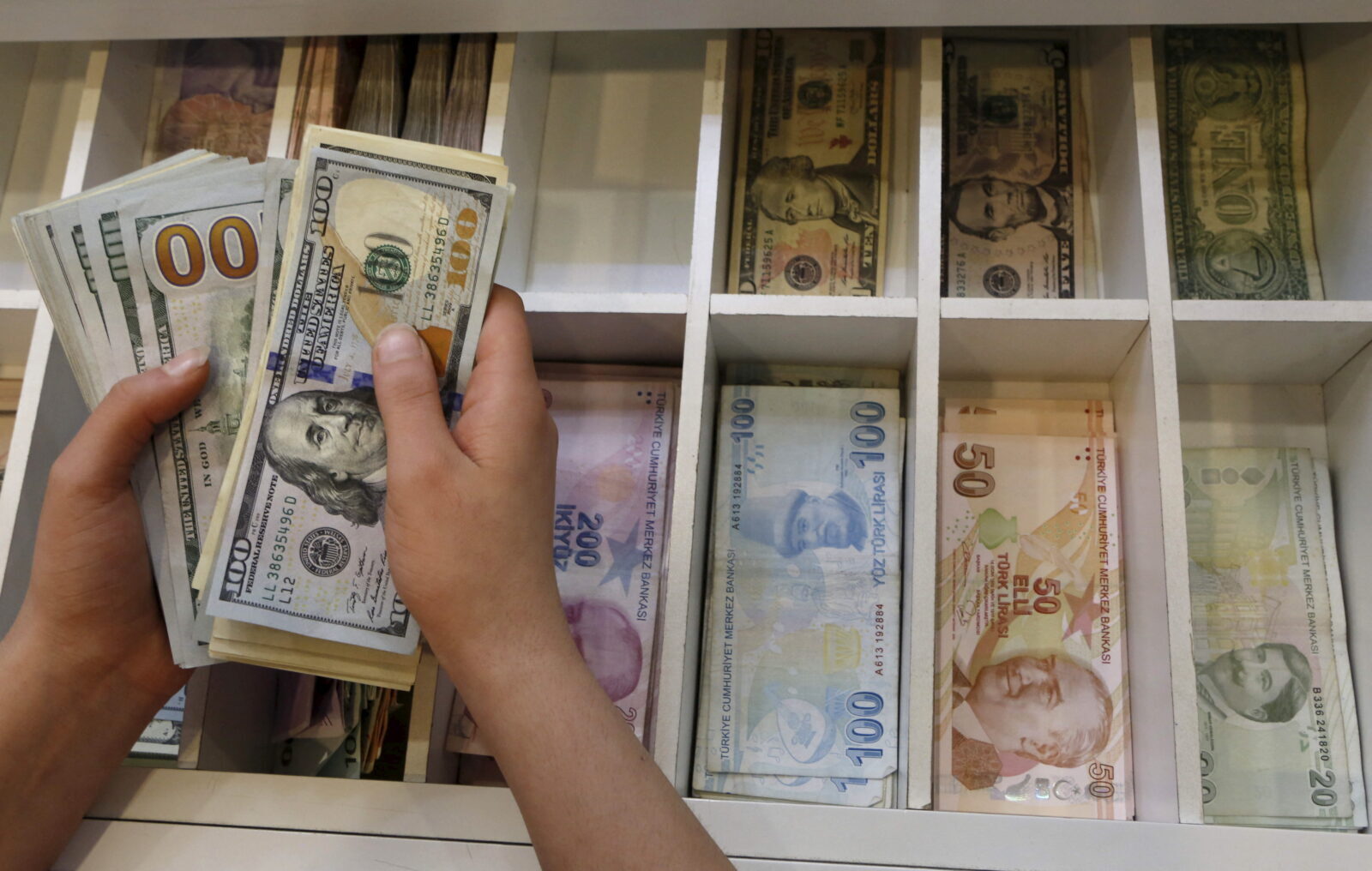
Used in cryptocurrency purchases in Antalya
One of the first significant incidents involving fake dollars occurred during a cryptocurrency transaction in Antalya. A large purchase of Tether (USDT), a stablecoin pegged to the U.S. dollar, was attempted using fake bills.
The counterfeit dollars managed to pass undetected through the currency exchange machines, which failed to identify them. However, skilled experts were able to identify the fake currency through detailed manual inspection.
Crisis could exceed billion dollars
Initially, it was estimated that around $600 million worth of counterfeit dollars had entered the market. However, new information suggests that this amount could exceed a billion dollars.
As a result, banks and currency exchange offices have suspended physical dollar transactions, further escalating uncertainty in the currency market.
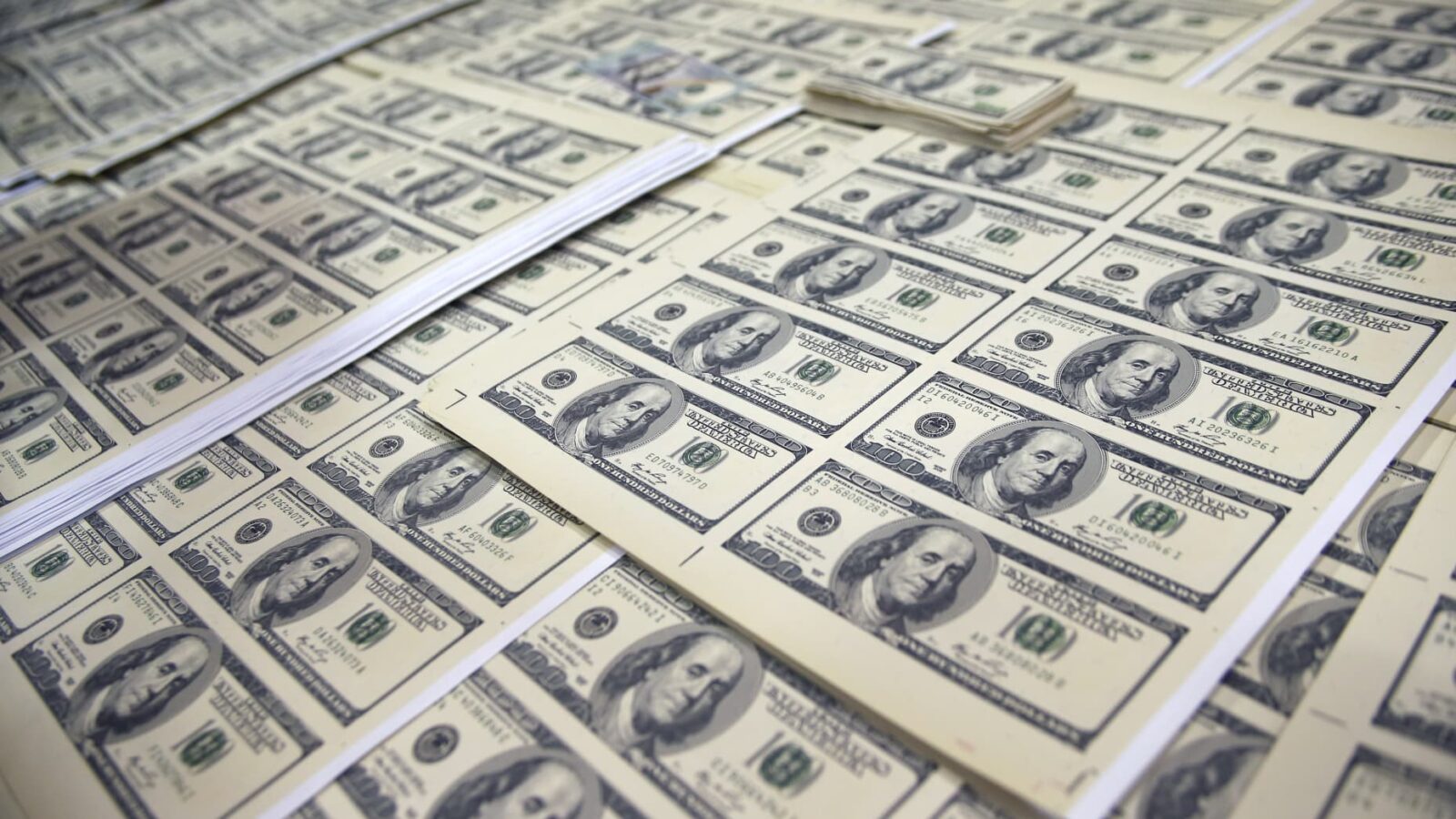
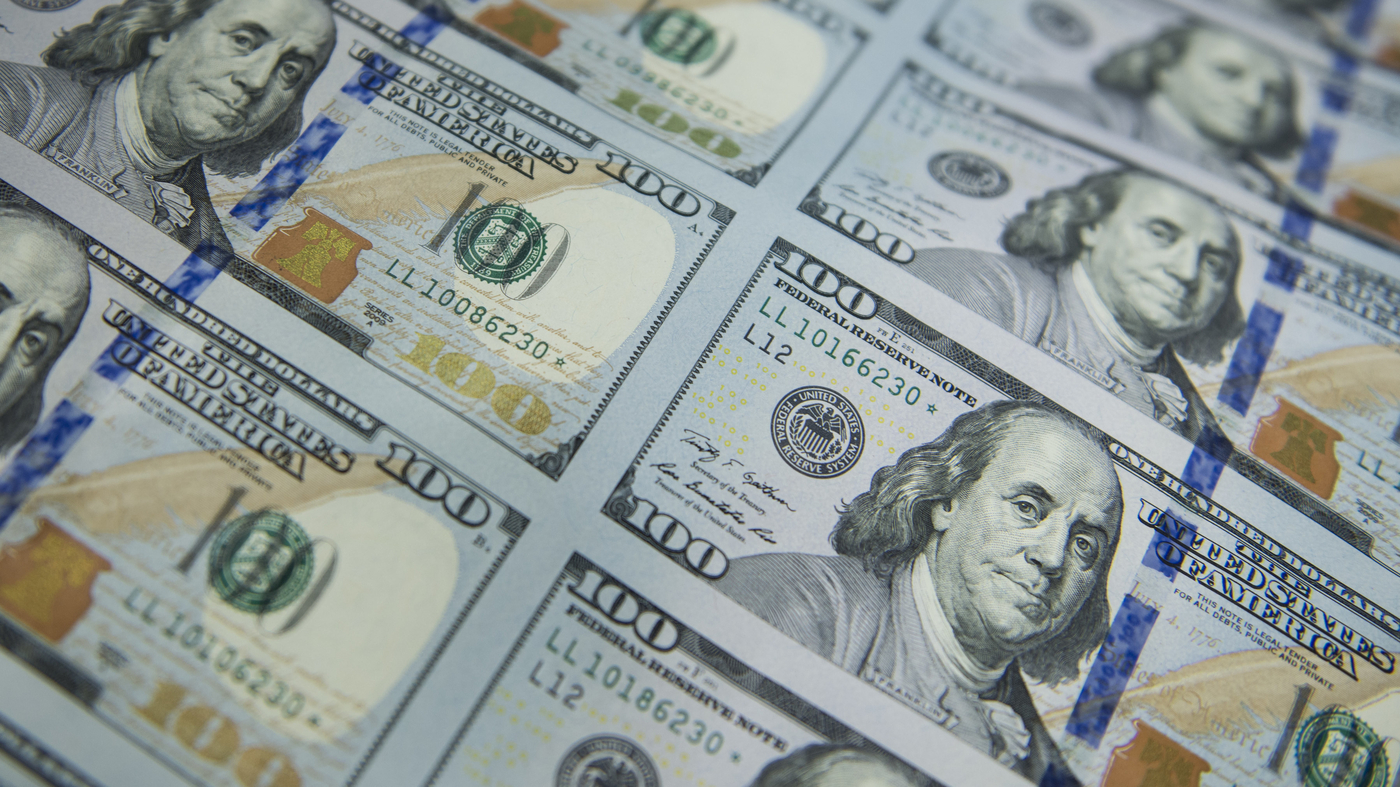
Currency counting machines to be updated
Explaining the situation to Turkish publication Sozcu, Mustafa Unver, a board member of the Association of All Authorized Institutions and Exchange Offices (TUYEMDER), stated that currency counting machines in exchange offices have been unable to detect fake dollars, and software updates for these machines are underway.
“This issue is not confined to Istanbul; it has spread to other provinces. Although we’ve updated our cash counting machines, it hasn’t been enough. As these machines are imported, we’re waiting for further updates from abroad,” Unver added.
Experts stress need for detailed inspection
Experts emphasize that counterfeit dollars are of such high quality that they are nearly indistinguishable from genuine bills to the untrained eye.
The subtle differences between counterfeit and real currency can only be detected through detailed examination by specialists. While most fake bills can pass through machines, manual checks by experts are necessary to identify them.
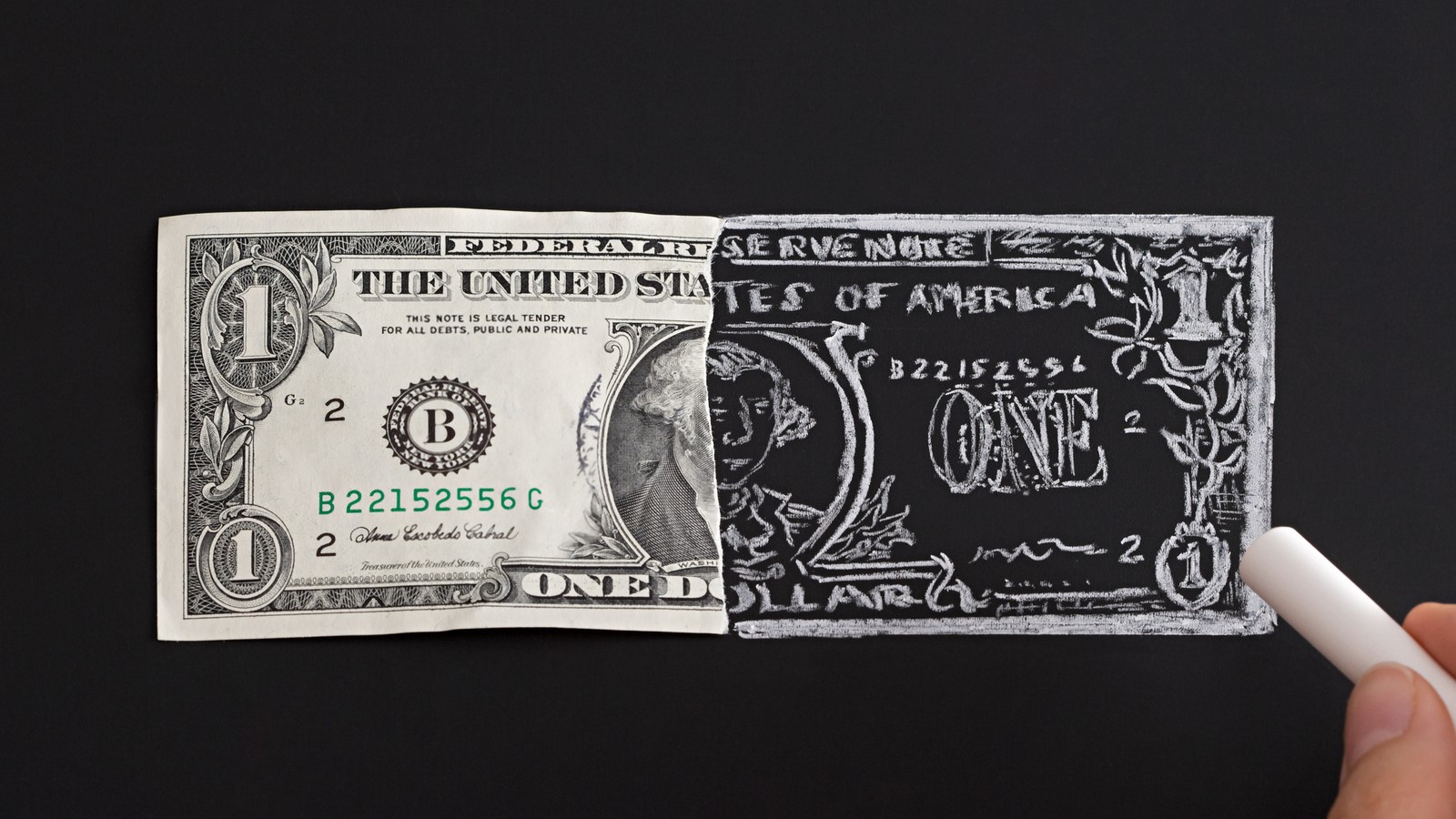
Connections to money laundering and terrorism financing
In Istanbul, security forces have launched operations targeting money laundering and terrorism financing activities linked to counterfeit dollars. Several individuals connected to these illegal operations have been arrested as part of an ongoing investigation.
Istanbul’s Anti-Financial Crimes Unit conducted an operation following reports in the media and on social platforms about counterfeit currency circulating in the market.
Operation in Istanbul. Based on intelligence suggesting counterfeit money was being printed in the Fatih and Zeytinburnu districts, authorities carried out simultaneous raids on two addresses.
During the operation, one suspect was arrested, and authorities seized counterfeit currency amounting to $3.79 million, which was ready to be circulated. The counterfeit bills, which featured euro watermarks and the number “100,” were found along with transparent molds, ultraviolet light devices, printing machines, and 817 fake checkbooks bearing the logos of various banks.
Istanbul Chief Public Prosecutor’s Office takes action on counterfeit dollars
The Istanbul Chief Public Prosecutor’s Office has launched an investigation into allegations of counterfeit currency printing and distribution in Istanbul, which were raised on social media and in some media outlets.
Banks Association of Türkiye (TBB) made a statement regarding the incident and said, “In order to combat and prevent the circulation of counterfeit foreign currency, money counting, counterfeit currency control and ATM machines in use are checked and updated.”
Central Bank of the Republic of Türkiye (CBRT) also released a statement and stated, “CBRT carries out the necessary activities in coordination with the relevant judicial authorities within the scope of effective fight against banknote counterfeiting.”
Within the scope of the effective fight against banknote counterfeiting, the Bank carries out the necessary work in coordination with the relevant judicial authorities.
In this context, counterfeit banknotes, which have recently been the subject of news reports on the increase in the circulation of counterfeit foreign banknotes in the market, were sent to our Bank by judicial authorities for the preparation of expert reports.
The expert reports prepared by our Bank on these counterfeit banknotes were shared with the Banks Association of Türkiye and the Participation Banks Association of Türkiye in order to alert the judicial authorities as well as the banking sector.
In addition, necessary guidance was given to take measures against counterfeiting in the technological infrastructure.
Central Bank of the Republic of Türkiye
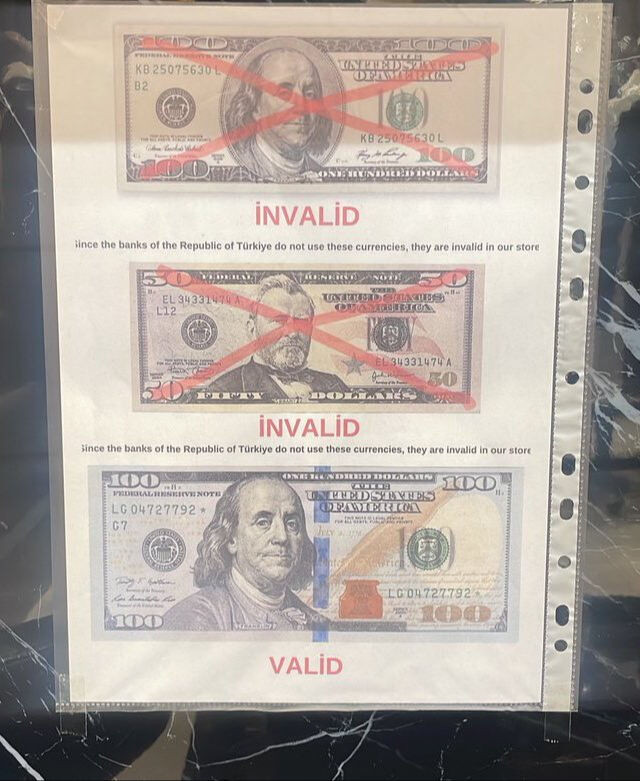
How to identify counterfeit dollar notes
Turkish police have highlighted key features to help distinguish genuine $50 and $100 banknotes from counterfeits:
- Microprinting on $50 bills: Authentic $50 notes feature micro-printed text, such as “The United States of America,” around the portrait’s three-lined frame. In the 2004 series, “USA 50” and “USA FIFTY” are microprinted with two stars near the Federal Reserve seal.
- Color-shifting ink: On genuine $50 bills, the “50” shifts from green to black when tilted. For the 2004 series, the “50” transitions from copper to green when the note is moved up or down.
- Security thread on $100 bills: The most reliable way to verify a $100 bill is by checking the embedded security thread under light. Genuine notes show “USA HUNDRED” on both sides of the thread.
Authorities emphasize the importance of closely inspecting these features to detect sophisticated counterfeit U.S. currency.

